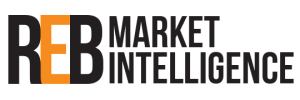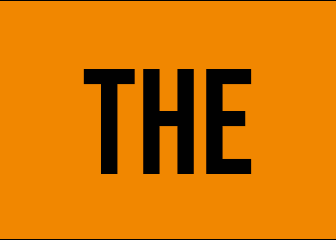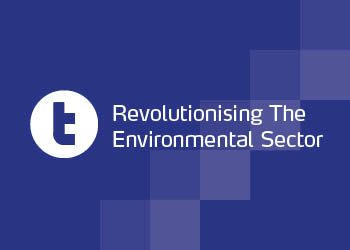After a quiet October, all focus is now on the months ahead for the recovered fibre market.
There is a lot of talk about what is going to happen. I like to think I am an optimist and I definitely have an optimistic take on the market in the coming months. That isn’t a view held by everybody though.
As we see more regional lockdowns announced here in the UK, plus more lockdowns being implemented in Europe, I have been looking back to April and I think there are some lessons to be learned.
While it doesn’t look like lockdowns will be as harsh as then, although they could end up being so just badged a different name, I do think that we will see similar conditions. Material is already getting harder to get hold of and there is still good demand from European mills for it.
In April, it felt like you could pluck a number out of thin air and mills would pay it, but I would expect it to be different this time. UK and European mills wouldn’t buy at the moment if they thought it was too expensive, which is different to then. Asian mills also seem more cautious, as they were then as they don’t want to get into competition with rapidly rising European prices.
But I would expect the market to be steady or possibly increase if supply of material becomes shorter and mill demand gets greater, especially in the run up to Christmas. Online shopping is going to become the norm this year. I have very little doubt about that.
Typically, you would say that demand from mills tended to be similar on a country basis, but at the moment individual mills in countries seem to have different needs for fibre. Whether they are active in the market or not depends on current or expected stock levels and I would expect that to continue.
We have also seen a recent softening in the value of the PRN/PERN and I would expect that to continue for the rest of the month as we look set to meet compliance for the rest of the year. Those who may have gambled on the price increasing again will have lost out, while those that traded their PRNs and PERNs when they had an order will have benefitted. But we are only eight weeks or so from the end of the compliance year and then we start to think about 2021’s compliance.
Brexit remains a big concern as I still can’t work out what we will have to do when the transition period comes to an end, and I don’t think I am alone in that. With just a short time until the end of the transition, this is creating a lot of uncertainty.
While we know that paper is zero tariff, I have been having conversations where I’ve been told we might face import duty in some European countries, and potentially even duty on haulage too. That will only increase the cost if we do end up in that situation.
Mills I have been working with still want UK material in 2021, but we need to sort out the logistics and be assured of not facing any further duty in order to be able to supply them on a level playing field.
With Covid, it also makes it impossible to go and visit mills to sort out Brexit issues and come up with solutions to enable us to continue to supply them. It is much harder to do this over a Zoom call.
The postponement of the Indonesian registration system until the start of 2021 also buys us some time, and should provide some support to the market over the coming weeks.
OCC
Although the price has come off a bit over the last month, it wasn’t by nearly as much as some expected. I heard some predictions that we would be in the low-£60s for OCC by now, but that hasn’t come to pass. Indeed, I thought we might see a gentle softening and that is what appears to have happened.
November will be uncertain, but as mentioned above, my optimistic nature tends towards prices either being largely where they are or perhaps a small increase. UK and EU mills will probably pop up when they need fibre, while Indonesia being back in the market will help.
As revealed on REB Market Intelligence, a small issue of Chinese quota should help US and Japanese traders to send material there, and avoid them flooding elsewhere.
Mixed
This remains the most loved grade at the moment. £40 is easily achievable.
However, we should also remember that mixed has been turned off easily in the past, and this could happen again especially if US traders need to find markets around the world that they don’t currently use or only use a little.
I tend to think though that UK mixed remains really good quality from legitimate businesses and that is helping to keep interest in it from both domestic mills and those overseas.
News & pams
It is pretty stable at the moment, but there appears to be some bubbling demand for this grade and also Over Issue News. The reason for this is that material seems hard to get hold of. Having said that, newsprint mills are also reluctant to pay stupid prices and seem happy to keep them where they are. If one bolts out and tries to pay above the market rate to secure tonnage, then that could change.
Multi/SOW
There are rumblings that asking for a price increase wouldn’t necessarily be rebuffed for these grades. With offices increasingly closed again or more people working from home, there is less shredded material around, especially in London. If you have the material and play hardball, it might be possible to get another £5 per tonne this month.
Chris Burton is commercial director of IWPP













